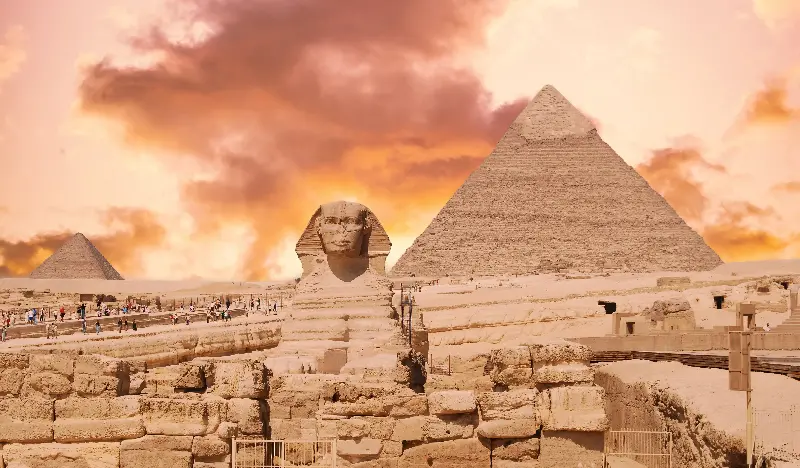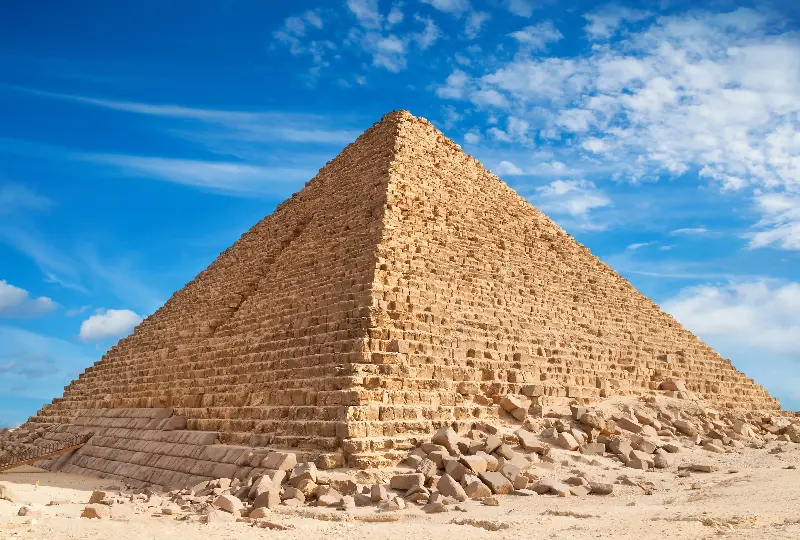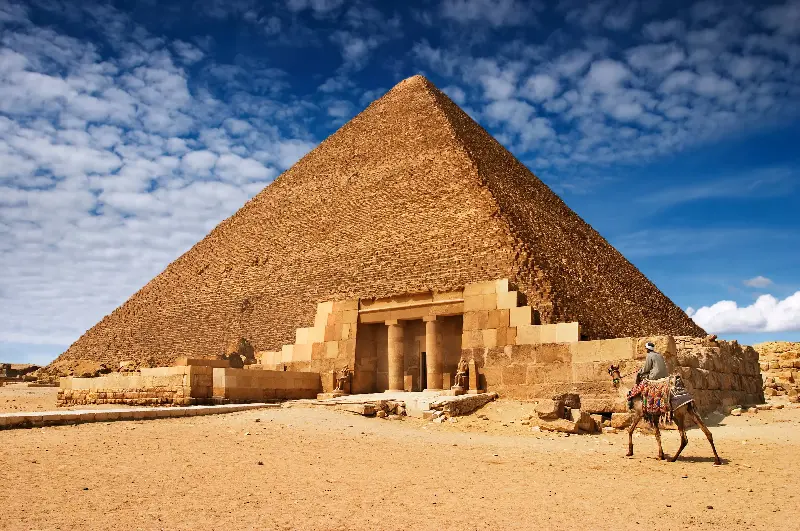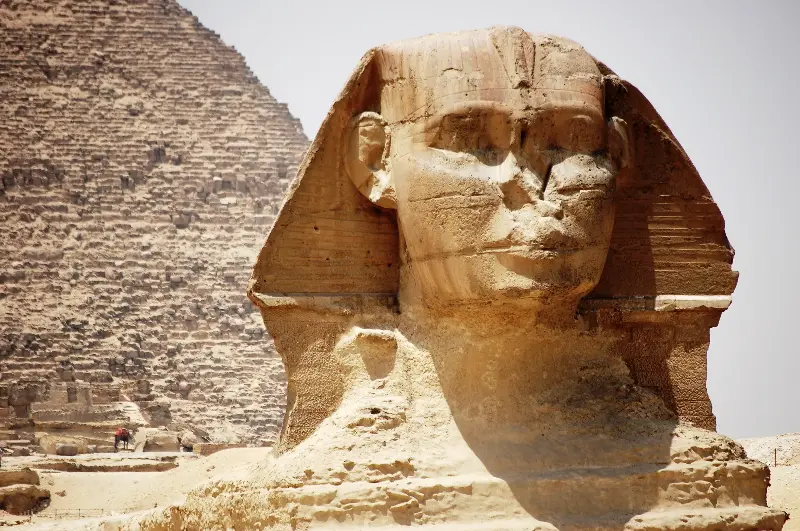There is no sight in the world quite like that of the Egyptian pyramids rising from the golden sands of Giza, with the enigmatic Sphinx keeping silent watch. For over 4,500 years, these monuments have stirred the imagination of travellers, scholars, and storytellers. Beyond their grand facades and weathered stones lies a history rich in mysteries, technical brilliance, and captivating legends that continue to puzzle and fascinate. Let’s journey through time and uncover what few truly know about Egypt’s ancient marvels.

Origins Woven in Myth And Ambition
Long before the first stone was laid, stories swirled about the lands along the Nile. The Egyptians believed their pharaohs were chosen by the gods, and to ensure a smooth journey into the afterlife, something extraordinary was needed. The pyramids were not just tombs; they were gateways to immortality. The pharaohs commanded resources and manpower on an unmatched scale, marshaling tens of thousands for decades.
Most people know the Great Pyramid of Giza was built for Pharaoh Khufu, but fewer realise it was constructed with an estimated 2.3 million blocks of stone—some weighing as much as 80 tonnes. To this day, exactly how the ancient engineers raised such colossal stones so precisely remains a point of feverish debate among archaeologists and engineers alike. Some theories insist on immense ramps; others suggest ingenious counterweights and levers. What is certain is the feat reflects a society with advanced knowledge of mathematics, astronomy, and logistics.

More Than Monuments: Hidden Purposes
Anyone standing in the shadow of those ancient stones feels the pull of mystery. While they are primarily recognised as burial tombs, the pyramids likely served many roles: they marked the pharaoh’s divine status, were spiritual beacons, and showcased Egypt’s unmatched power.
Intriguingly, the Great Pyramid’s alignment is nearly perfect with the points of the compass. Its sides are closely aligned to the four cardinal points—north, south, east, and west—with an accuracy that modern surveyors find astonishing given the tools available at the time. Some researchers believe the pyramids may also have been tied to the enigmatic Egyptian obsession with the afterlife, where the pyramid acted as a kind of “resurrection machine.” It was believed the structure helped launch the pharaoh’s soul to the heavens, where he would join the eternal cycle of the sun god Ra.

The Sphinx: Guardian Of Secrets
No visit to Giza is complete without marvelling at the Great Sphinx. This majestic limestone creature, part lion, part human, is the world’s oldest known monumental sculpture. With the face generally accepted as representing Pharaoh Khafre, the builder of the second pyramid, the Sphinx still exudes an impenetrable silence.
Much about the Sphinx remains a mystery. For centuries, it stood buried up to its shoulders in sand, its significance almost forgotten. Until the early 19th century, its full body was largely hidden. Theories abound as to its original purpose: guardian of sacred spaces, symbol of royal power, or perhaps a cosmic clock tied to the stars. Erosion patterns, particularly around the body and enclosure, have even fuelled alternative views that it could be far older than the pyramids themselves—a notion still hotly contested.

Legends, Myths, And Moves Through Time
Few places boast quite so many colourful legends. Arab historians spoke of secret chambers and hidden libraries beneath the Sphinx and pyramids. Some believed wondrous treasures or ancient records of human wisdom still waited for discovery, deep within stone corridors.
The “curse of the pharaohs” captured the Victorian imagination and then the world’s headlines when Tutankhamun’s tomb was opened in 1922. While Tutankhamun himself was not buried in a pyramid but in the Valley of the Kings, the pyramids’ aura of mystery helped fuel tales of curses, hidden traps, and supernatural powers.
Meanwhile, ancient graffiti discovered on stones inside the pyramids reveals that teams of workers took immense pride in their labours. Far from slaves, they were likely well-fed labourers who left behind inside jokes and tributes to their crews—proof that these great monuments were the product of passionate human ingenuity, not just pharaonic will.
